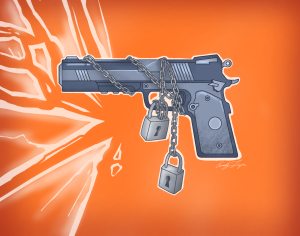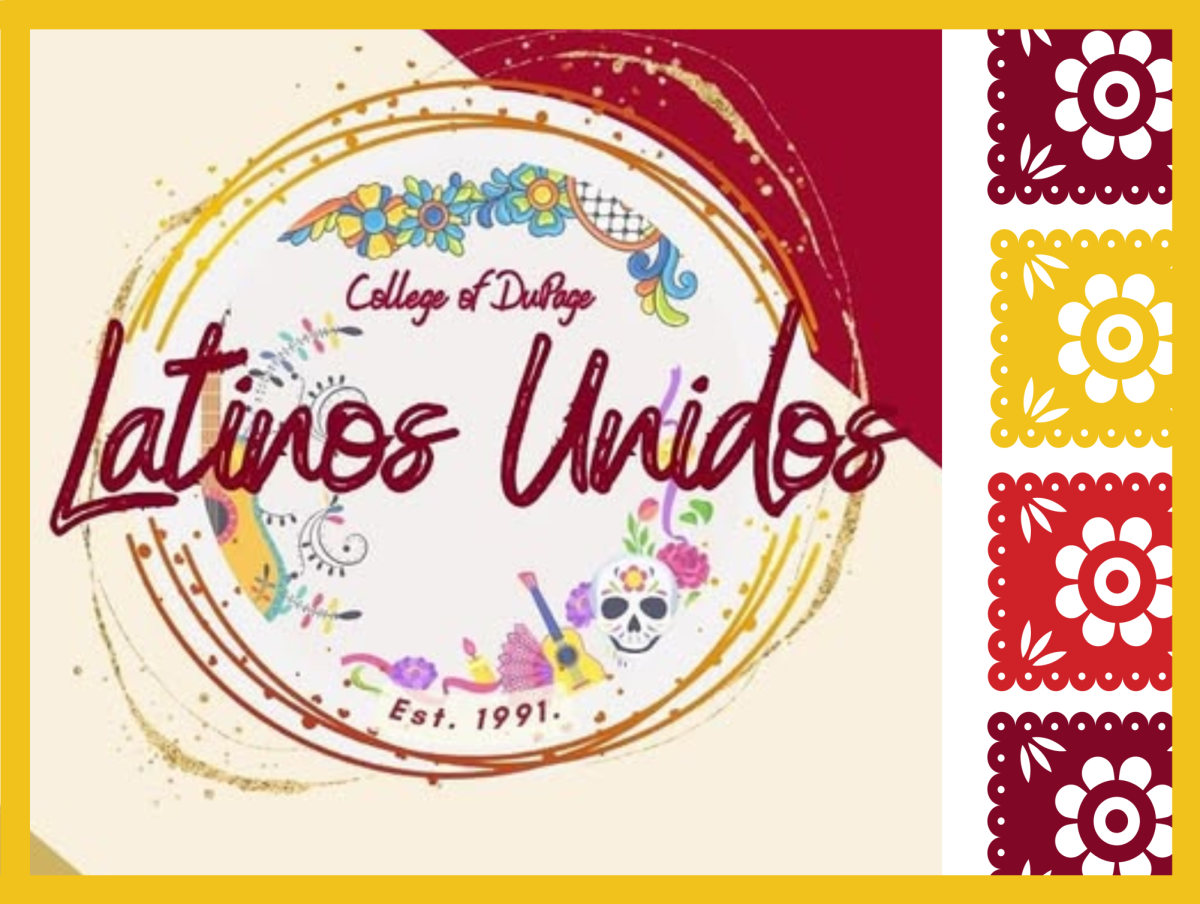What’s the difference between the associate degrees?
March 4, 2015
College of DuPage offers a variety of associate degrees. It can be easy to overlook the fact that, yes, you must choose one, or a few if you qualify for multiple. Many students find themselves picking classes without their sights set on the degree they may apply for. The Courier has pulled together an overview of each degree to help you decide which is right for you. Make sure to check the requirements yourself on www.cod.edu to make sure your classes are adding up.
1) Associate in Arts (A.A.)
So you don’t have the perfect picture in your head of where you want to go, and what you want to do. The only thing you know for sure is that you would like to continue on to get your bachelor degree at a four-year college or university. By applying for an associate degree in arts, you will receive a diploma that does not necessarily apply to a specific area. It serves as a reminder that you have completed the requirements of an associate degree and plan on transferring to a university.
Requirements:
-General education courses and select classes to equal a total of 64 credits
2) Associate in Science (A.S.)
If you have your sights set on a career in science, an associate degree in science will prepare you to transfer into a science-based program at a four-year school. This degree’s requirements are heavy in science-related classes. Don’t choose this major unless you know that a science-related bachelor’s degree is in your future, or you will be taking classes that will not help you get to your chosen degree any faster.
Requirements:
-General education courses and additional math and science classes
3) Associate in Engineering Science (A.E.S.)
As many students know, COD has a pretty great transfer rate when it comes to engineering. With connections to University of Illinois, it is easy for engineering students to make their way into larger universities to help build their futures. By applying for an A.E.S. degree, a student declares their interest in engineering. This major should not be chosen by anyone not looking to pursue engineering, as many of the class requirements are course specific.
Requirements:
-General education courses, prerequisites to the program (physics, chemistry, math, and computer informational systems) and engineering-specific classes.
4) Associate in Applied Science degree (A.A.S.)
When studying to receive an A.A.S. degree, COD students will pick an area of study that interests them. This can be anything from Interior Design to Fire Science. These career specific majors will be taught in extent so that all who receive an A.A.S. degree can continue straight into their field of work, or can transfer easily to a four-year school with connections to the COD program of their choice. This is a logical choice for those hoping to be a part of the 3+1 program.
Requirements:
– General education courses, classes specific to your program of study: see your major choice for details
5) Associate in General Studies (A.G.S)
This category allows students to build a degree based on their personal interests. Typical general education classes must be completed but that student can design the rest of the coursework. There are some set restrictions that help to round out the degree. If no other degree option appeals to you, an A.G.S. degree may be the perfect way to gain experience in multiple areas that otherwise might not be related.
Requirements:
– General education courses, courses specific to your possible career
6) Associate in Fine Arts degree in Art (A.F.A.)
The A.F.A. degree is perfect for anyone looking to continue on in art at a four-year school. The degree requirements are heavy in art classes. Don’t choose this major unless you are planning on pursuing a degree in art, as many of the classes will have trouble transferring to your other degree options.
Requirements:
– General Education courses, Art history classes, Art Core classes, Media-Specific Studio Electives
7) Associate in Fine Arts degree in Music (A.F.A.)
This degree is the same as the A.F.A. dedicated to art, except that the classes are heavy in music-related courses. If music is not what you plan to continue on with, majoring in this will set you back, as most of the courses are designed with a music major in mind.
Requirements:
– General education courses, Music Core classes, Music Literature and History course, Music ensemble courses, Applied instruction courses. All who apply for this degree must also demonstrate their keyboard ability either through classes or instructors.
8) Associate in Arts in Teaching Secondary Mathematics (A.A.T.)
This degree is the perfect path for anyone wishing to become a teacher, with a heavy emphasis on math and science courses. The framework of this degree is based around getting a well-rounded view of classes, so students will find themselves with a larger amount of math special credits and science credits.
Requirements:
– General education courses (one fulfilling state requirements for global diversity), Education 1100, math special courses, education special courses
9) Associate in Arts in Teaching Early Childhood Education (A.A.T.)
This degree is very similar to the A.A.T. degree in Teaching Secondary Mathematics, except some of the specific requirements differ. In order to qualify for this degree, students must explore specific Early Childhood Education courses. This degree will fit anyone hoping to continue on in education, particularly those hoping to work with younger students.
Requirements:
– General education courses, Education 1100, Professional education courses, Early Childhood Education specialty courses.



















